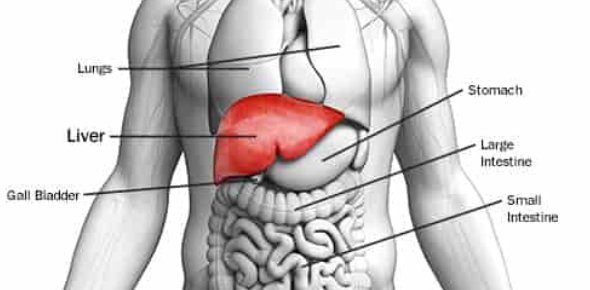The results of a liver function test (LFT) may help piece together a puzzle to provide insight on what may be going on with your liver health.
There are a number of conditions [link to article on diseases] that an LFT can help to detect, including hepatitis and liver cancer.
Your healthcare professional may order an LFT if you are at higher risk for liver disease or damage, or if you are experiencing symptoms that may indicate liver disease such as jaundice, dark urine, pale stools, tiredness or weakness, loss of appetite, nausea and vomiting, abdominal pain or swelling or itching.
If your LFT was ordered due to symptoms, then normal LFT results will help your doctor rule out liver problems and look for other causes. The meaning of abnormal LFT results will depend on a number of factors including your symptoms, individual circumstances and medical history. Your health professional will explain the results to you. They may request further pathology tests or refer you for other investigations such as diagnostic imaging or a specialist appointment.
Some of the possible results from LFTs:
- Alanine aminotransferase (ALT) test: high levels of ALT in the bloodstream may indicate liver disease, very high levels can be due to acute hepatitis.
- Aspartate transaminase (AST) test: AST may increase when bile ducts become obstructed. An increased concentration of AST may also indicate muscle or liver issues.
- Alkaline phosphate (ALP test): A high concentration of ALP in the bloodstream can indicate inflammation, bone disease or bile duct blockage.
- Albumin and total protein test: Low albumin levels indicate that the liver’s function may be being hampered. High levels of albumin can point towards dehydration or the use of certain drugs including steroids, insulin and hormones. Low total protein also indicates abnormal liver function or a deficiency in the immune system. High levels of total protein in the bloodstream may also indicate dehydration, inflammation or infection.
- Total bilirubin test: High levels of bilirubin in the blood can lead to jaundice and indicates that the liver isn’t functioning optimally.
- Gamma-glutamyl transferase (GGT) test: GGT leaks into the bloodstream when the liver becomes damaged. Therefore, high GGT levels in the bloodstream can indicate liver disease or damage.
- Lactate dehydrogenase (LHD) test: An LHD test is used as a general marker for liver cell damage. Liver or bile duct damage can be signified by higher-than-expected LHD concentration in the bloodstream.
All pathology test results are interpreted by a pathologist who provides a report to the General Practitioner, specialist doctor or other medical personnel who ordered the tests. The healthcare professional will use the pathology report and consideration of the clinical context to decide on the next steps for their patient. Test results, treatment and medical questions should always be discussed with your treating health professional.

